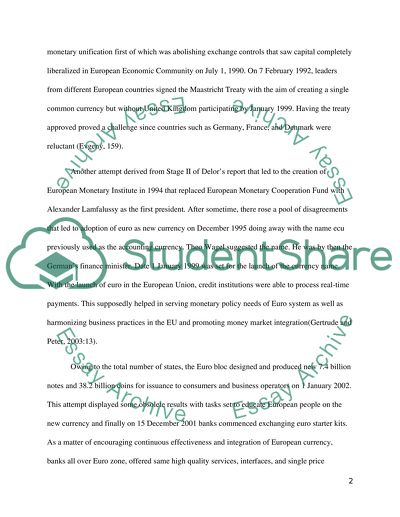Cite this document
(“Monetary Unification in Europe Essay Example | Topics and Well Written Essays - 1750 words”, n.d.)
Retrieved from https://studentshare.org/macro-microeconomics/1438569-critically-examine-the-attempts-of-europe-in
Retrieved from https://studentshare.org/macro-microeconomics/1438569-critically-examine-the-attempts-of-europe-in
(Monetary Unification in Europe Essay Example | Topics and Well Written Essays - 1750 Words)
https://studentshare.org/macro-microeconomics/1438569-critically-examine-the-attempts-of-europe-in.
https://studentshare.org/macro-microeconomics/1438569-critically-examine-the-attempts-of-europe-in.
“Monetary Unification in Europe Essay Example | Topics and Well Written Essays - 1750 Words”, n.d. https://studentshare.org/macro-microeconomics/1438569-critically-examine-the-attempts-of-europe-in.


